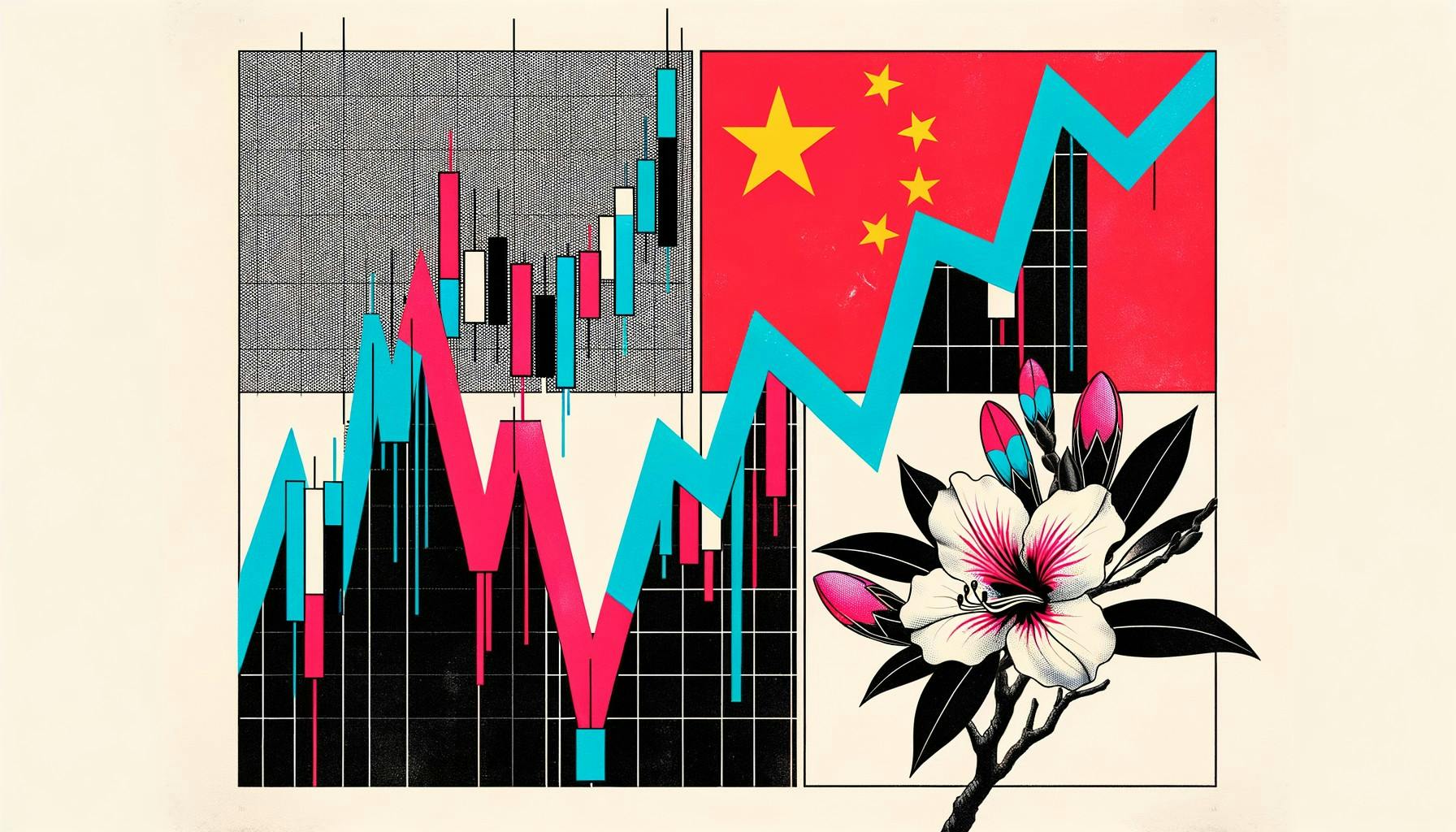What’s going on here?
As China’s stock market remained stagnant on the last day of April 2025, Hong Kong’s took a dive, thanks to ongoing trade conflicts and manufacturing slowdowns.
What does this mean?
With China’s CSI300 and Shanghai Composite Indexes barely moving, traders are staying cautious before the Labour Day break. Meanwhile, Hong Kong’s Hang Seng Index had a rough April with a 5% drop – its biggest in over a year. The persistent US-China trade spat has hit China’s export orders and squeezed factory activity, marking its steepest decline in 16 months. This has fueled expectations for stronger governmental intervention. Analysts predict stability efforts focusing on high-dividend blue-chip stocks, consumer goods, and tech sectors, spurred by President Xi’s recent emphasis on AI progress. Meanwhile, sectors like petrochemicals saw a lift after China’s tariff waiver on US ethane imports, though banking stocks struggled due to China’s economic and property issues.
Why should I care?
For markets: Market maneuvers in the face of uncertainty.
The Hang Seng’s sharp decline is a concern for investors focused on China’s growth outlook. With trade tensions affecting export orders, market stability depends on government actions. Investors should watch sectors likely to benefit from proposed stabilization measures, such as technology, consumer goods, and high-dividend blue chips, which are poised to ride the wave of strategic stimulus.
The bigger picture: Reading the global economic tea leaves.
These developments send ripples through the global economy as China’s trade dynamics shift and factory slowdowns impact supply chain expectations. The tariff reductions on US goods could set a precedent for more open trade in areas like petrochemicals. If trade solutions remain elusive, economic strategies will likely pivot to focus on internal growth, suggesting a potentially reshaped global economic landscape.

